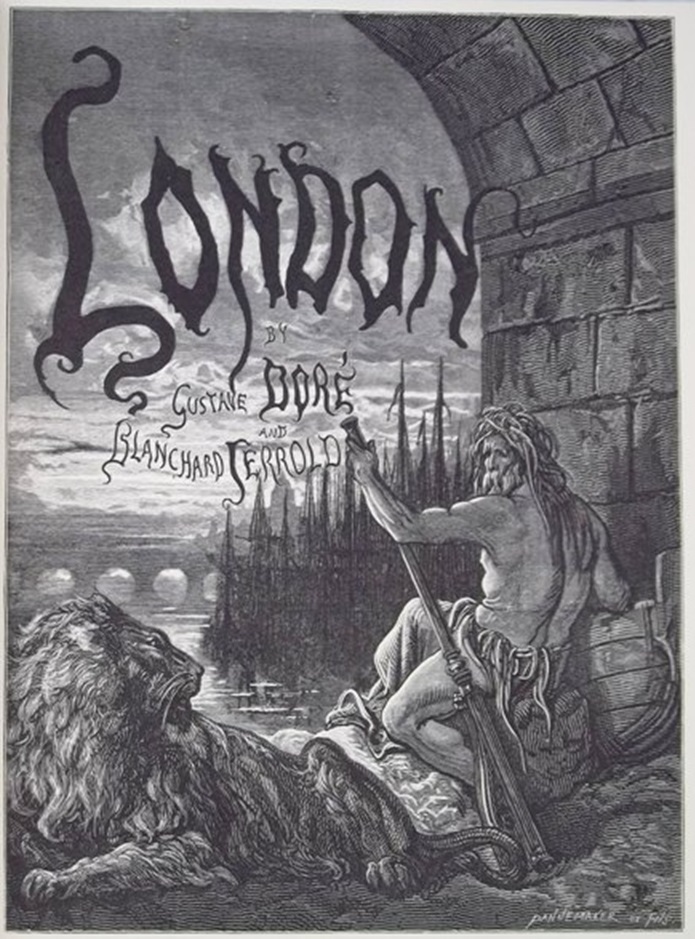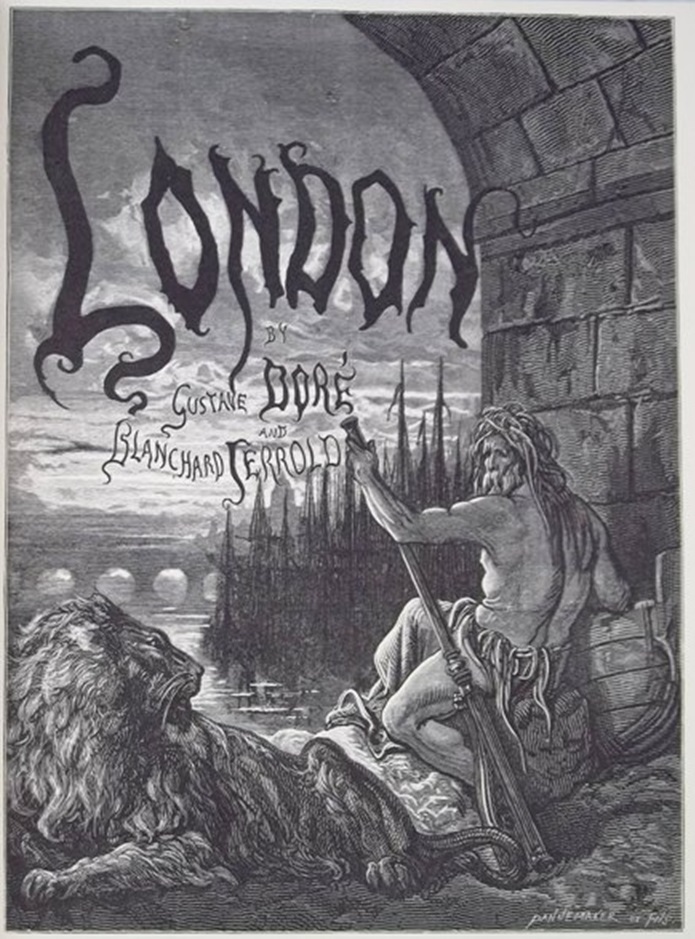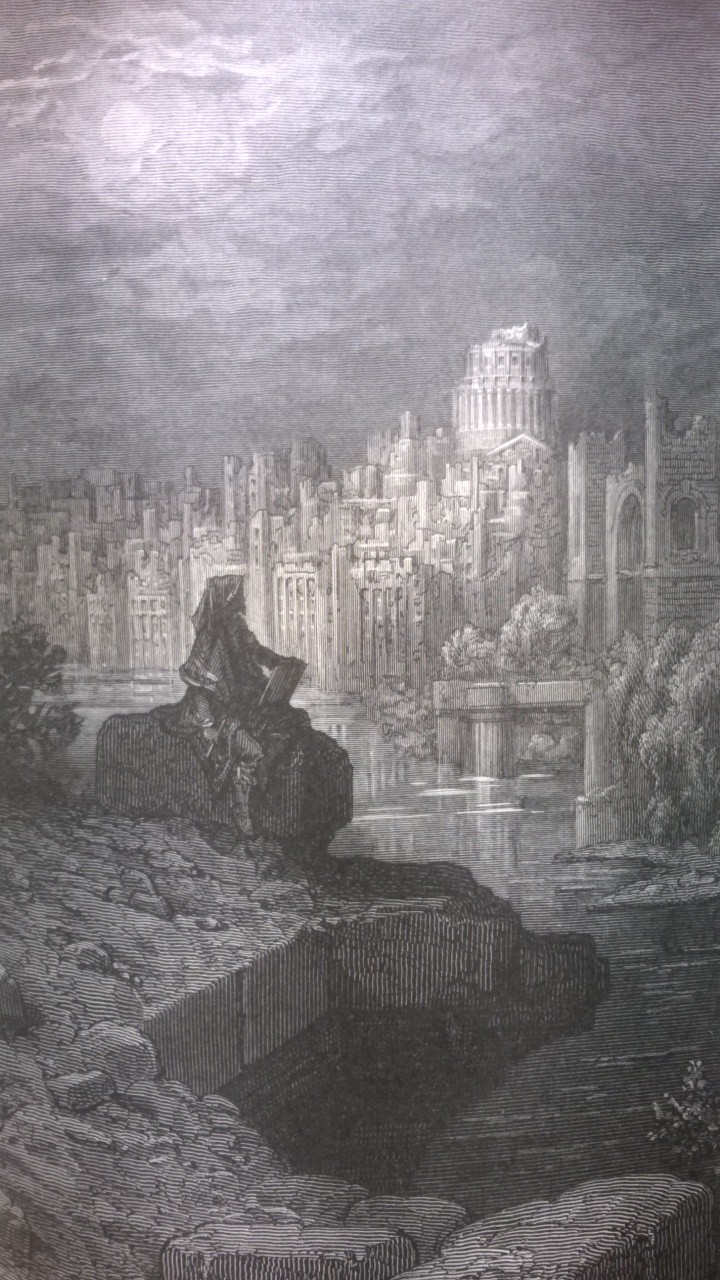Gustave Doré’s illustrations of Victorian London are not only singularly beautiful, but revealed to his contemporaries the harsh reality of life in this vibrant city. Although it was not a depiction of London which was received well by British critics, the Frenchman succeeded in creating a timeless vision of the city before him.
Doré’s career began at the young age of fifteen, when he began working as a caricaturist for the French newspaper Le Journal pour Rire. This job launched the career of the young artist, and he gained a foothold in the world of illustration by winning commissions for scenes from books by Rabelais, Balzac, Milton and Dante.
In 1853, Doré began to expand his reach to the United Kingdom, as he was asked to illustrate the works of Lord Byron. This led to additional work for English publishers, including producing illustrations for an English language Bible. Doré’s international renown developed further after he illustrated a French edition of Cervantes’s Don Quixote. The resulting images of the knight and his squire became so well-known that they continue to shape ideas of the physical “look” of the characters for stage and film directors, as well as artists alike.
A major exhibition of his work appeared in London in 1867, and later the Doré Gallery opened in Bond Street. Doré’s rich and lavish style was a hit with London society, while his characteristic touches of grotesque fantasy appealed to the Victorian gothicism. His popularity was so great that he employed a team of forty wood engravers to complete his commissions.
Two years later, Doré met Blanchard Jerrold, who suggested that they work together to produce a comprehensive portrait of London. Jerrold had been inspired by The Microcosm of London, produced by Rudolph Ackermann, William Pyre and Thomas Rowlandson in 1808. Doré agreed, signing a five-year contract with the publishers Grant & Co., spending three months of the year in London and receiving the vast salary of £100,000 per year for the project.
The completed volume, published in 1872, contained 180 engravings by Doré and discursive letters by Jerrold. Despite the work being a joint endeavour, it was Doré’s contribution which received the most attention. The illustrator employed a slightly different style for this venture, adopting a greater sense of realism to fully bring the reader inside his vision of London, including astonishing imaginings of the city’s future.
Critics of the time were, however, unsure; realism was less relished when depicting controversial subject matter. They disliked Doré’s focus on the poverty within the city, and he was accused by The Art Journal of “inventing rather than copying”. In contrast, Jerrold’s letters were devoid of similar social criticism, but despite this, they were seen as being unable to live up to the illustrations.
Despite the criticisms, the book nevertheless enjoyed commercial success, and the pair planned to work on another volume, this time focussing on Paris. It was not to be: Doré died in 1883, and Jerrold began to work on a biography of him, but he too died before it’s completion.








